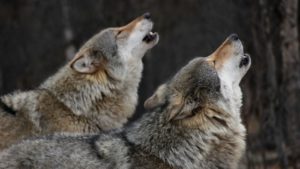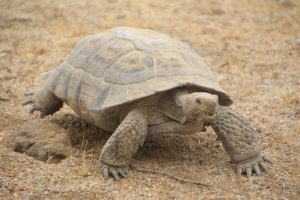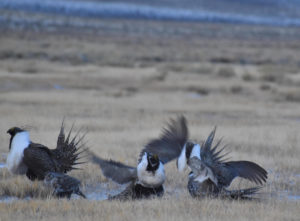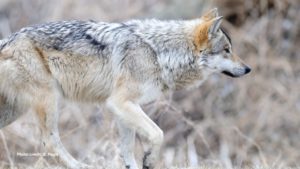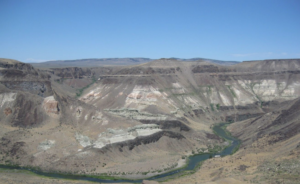Livestock grazing on the Sonoran Desert National Monument
 |
 |
 |
 |
When President Clinton established the Sonoran Desert National Monument in 2001, the proclamation was explicit about how the Bureau of Land Management (BLM) should manage livestock: parts of the monument would be permanently closed to livestock, and grazing should be permitted in the remaining areas unless the agency could demonstrate that grazing was compatible with resource protection.
The agency set out to determine whether or not grazing was causing harm to the monument’s resources by first commissioning the Pacific Biodiversity Institute to conduct extensive field studies. PBI’s work confirmed that grazing was having an adverse impact on native grasses, spreading non-native species, and affecting the recruitment of saguaros. BLM also hired The Nature Conservancy to complete a review of the existing literature on Sonoran Desert livestock grazing (pdf) which found that there was no known system of livestock grazing compatible with the protection of monument objects. And BLM itself went out and started conducting its Rangeland Health Determinations in 2004.
The outcome? As early as 2007, the Monument Manager drafted a memo declaring grazing incompatible with the resources of the monument as evidenced by the poor conditions of grazing allotments and the overall impacts to the scenic, wildlife, and recreational reasons the monument was protected in the first place.
Sadly, despite multiple managers reaching similar conclusions, the BLM just couldn’t give up its grazing addiction and the 2012 Resource Management Plan (which WWP sued to compel) retained grazing over wide areas of the monument, ignoring the agency’s earlier findings and rewriting history – or at least the vegetation objectives – for most of the ecological sites on the monument. By repeatedly lowering the bar to achievement of rangeland health, the BLM got more and more plots over this compatibility hurdle. And for the plots BLM couldn’t finagle towards achievement? The agency used a single year of utilization monitoring to let cows off the hook for the poor ecological conditions.
There were problems with this approach too; namely, there weren’t even cows authorized for three of the six allotments where BLM measured utilization, making it difficult– nay, impossible! – to find livestock impacts on vegetation that year. Where there was light use, the poor conditions couldn’t be attributed to livestock! Grazing could continue and all the earlier conclusions could be ignored.
WWP advised the BLM of the errors in its analysis in both the comment and protest period for the RMP. BLM didn’t acknowledge these fundamental flaws so WWP filed a lawsuit in federal district court in May 2013. Litigation is ongoing, but WWP hopes that 2014 is the year in which BLM is going to have to admit that the Sonoran Desert National Monument is no place for cows.
Here is WWP’s win on the Sonoran Desert National Monument:
Read the April 2014 filings in the Monument litigation here:

